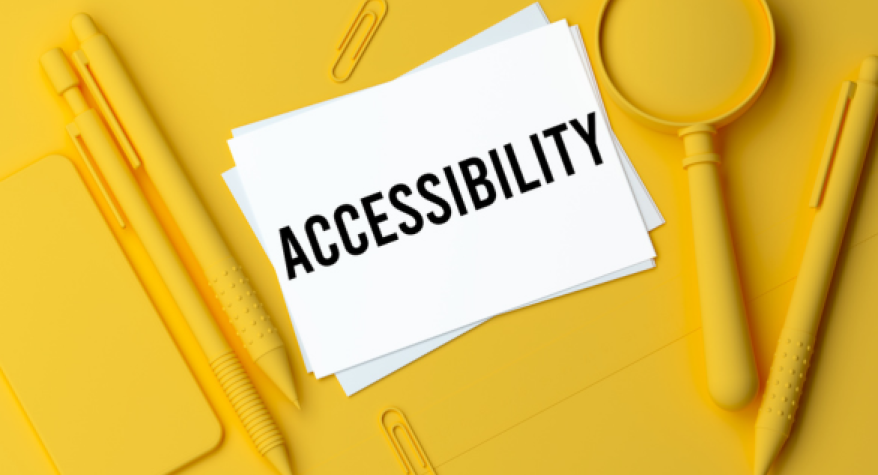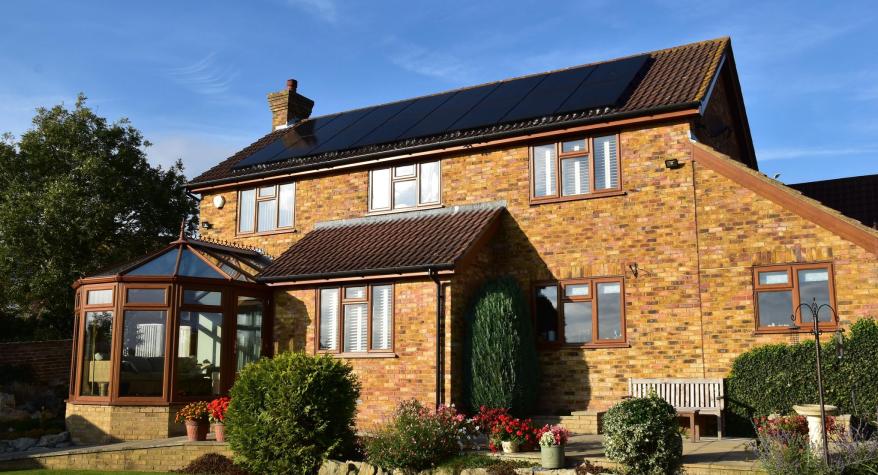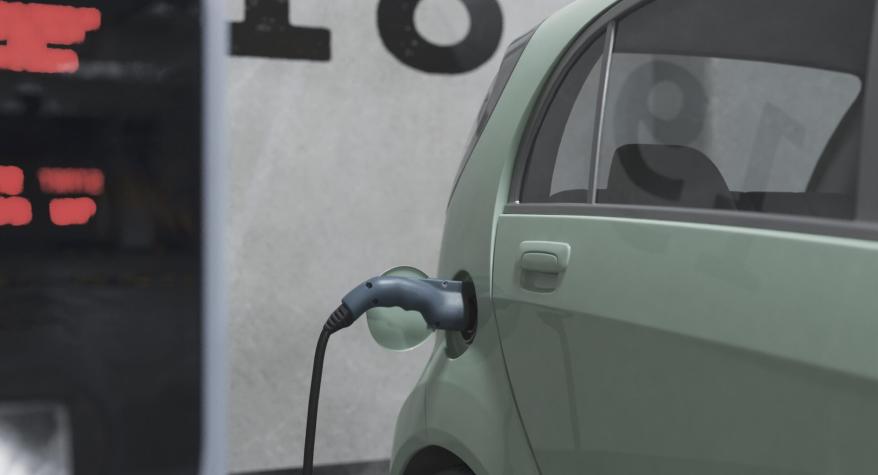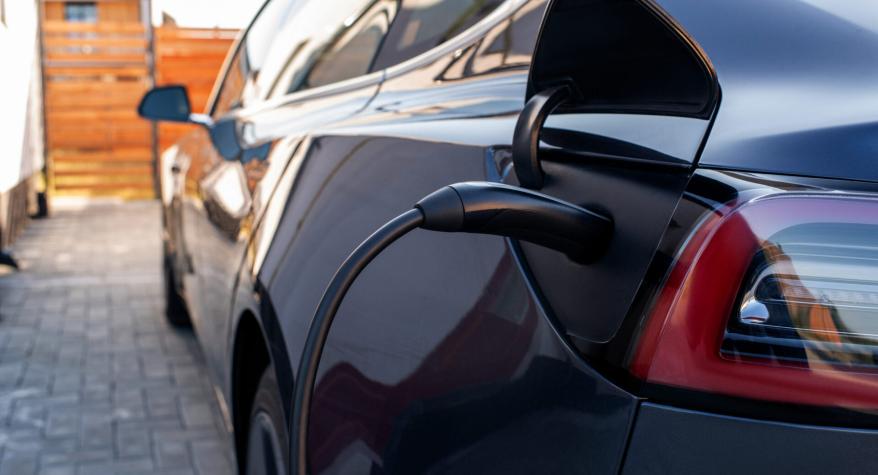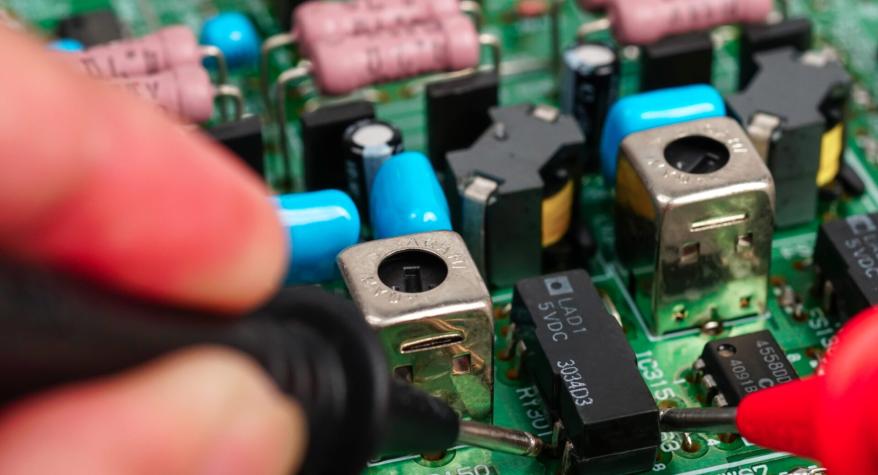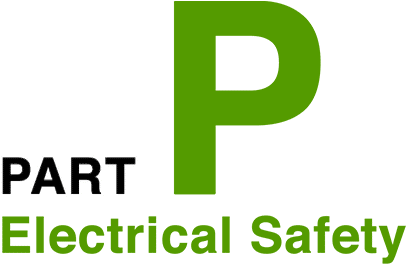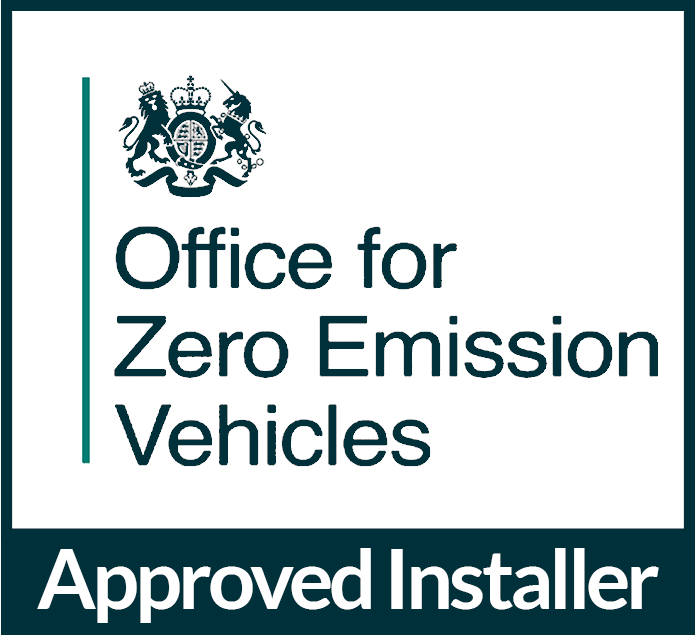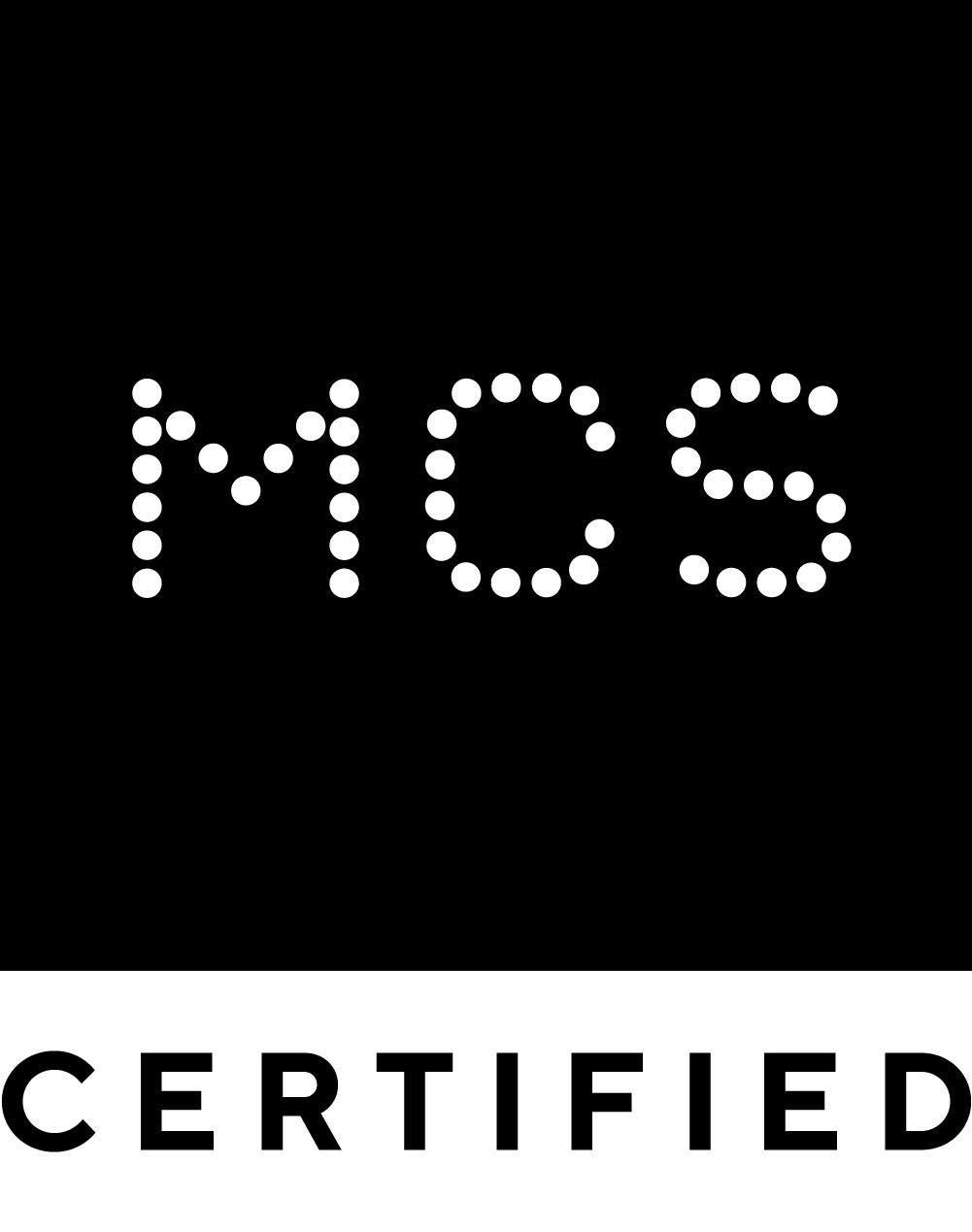In this blog post I will talk about planning your electric and lighting requirements in an accessible bedroom and wetroom. Here at PBA we have worked on numerous accessible bedroom and wetrooms in Kent.
Planning Electric and Lighting requirements for an Accessible Bedroom and Wetroom in the UK
Thoughtful planning is key. You must ensure that adaptations are future proof, you have to consider the disabled persons needs in 5 years to come, could they change, maybe a new bed that requires power? In the UK, both bedrooms and wetrooms must adhere to specific guidelines to meet accessibility standards. Whether you’re adapting an existing space or building from scratch, PBA Electrical & Renewables are here to help and have listed below some things to consider.
1. Understand the Legal and Safety Standards
Before starting any electrical work, it’s essential to be aware of:
- Part M of the Building Regulations (Access to and use of buildings), which outlines the minimum requirements for accessible design.
- BS 8300: The British Standard providing best practices for designing inclusive environments.
- Part P of the Building Regulations: Covers electrical safety in dwellings and requires certain work to be carried out by a qualified electrician.
Always use an NICEIC-registered electrician like PBA Electrical & Renewables to ensure compliance and safety.
2. Smart and Accessible Lighting Solutions
Bedroom:
- Low-level lighting along the skirting boards can help with orientation at night.
- Motion sensor lighting is ideal for those with limited mobility or dexterity.
- Dimmable switches or smart lighting systems (voice-controlled via Alexa, Google Assistant) allow for personalised control without needing to reach for switches.
- Two-way switches (at door and bedside) are a must for convenience and safety.
Wetroom:
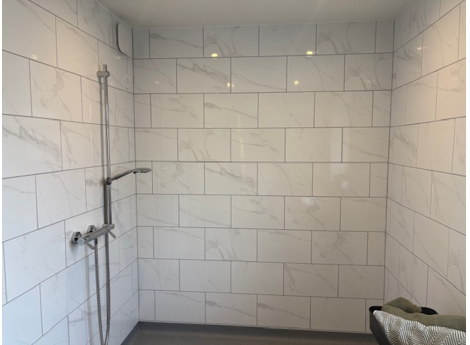
- IP-rated fittings (typically IP65 or higher) are required for bathroom zones to prevent moisture ingress.
- Consider ceiling-mounted LED panels or recessed spotlights for even illumination.
- Install non-glare, daylight-balanced bulbs to avoid disorientation or shadows.
3. Switches, Sockets, and Controls
Heights and accessibility:
- Sockets should be mounted at 450mm to 1200mm from the floor, in accordance with Part M.
- Choose large rocker switches or touch-sensitive controls for easier use.
- Ensure sockets and controls are not behind furniture and have sufficient clear space around them for wheelchair access.
Bedroom tips:
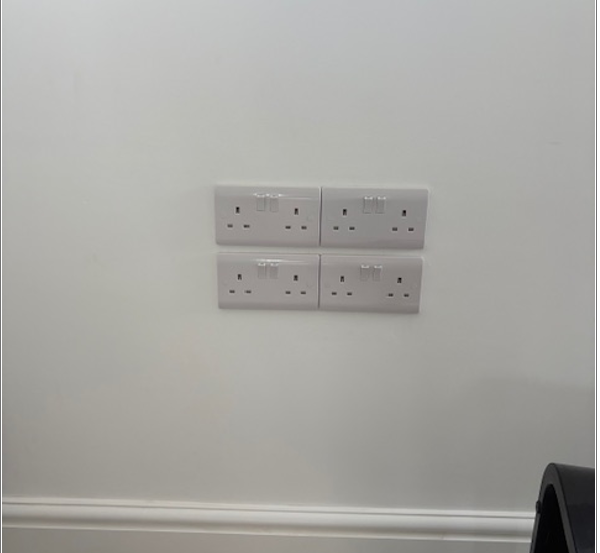
- Bedside sockets for medical equipment, phone chargers, or lamps.
- Consider installing a nurse call system or a smart alert button that connects to caregivers.
Wetroom tips:
- Keep all sockets outside the wetroom, as standard UK regulations prohibit them inside.
- Use pull-cord switches or external waterproof switches for bathroom lighting.
4. Power for Medical or Assistive Devices
- Plan extra socket outlets for hospital beds, hoists, oxygen concentrators, or powered chairs.
- Use dedicated circuits for critical medical devices to reduce the risk of overload.
- Consider uninterruptible power supply (UPS) systems for vital equipment.
5. Emergency and Backup Systems
Safety is paramount:
- Install emergency lighting or battery backup lighting in case of power failure.
- Consider mains-powered smoke alarms with visual alerts for those with hearing loss.
- An emergency call system (wired or wireless) should be included, especially in bathrooms.
6. Final Tips for a Comfortable Environment
- Ensure lighting colour temperature is consistent—cool white for wetrooms, warm white for bedrooms.
- Plan for future changes—use adaptable systems that can be upgraded as needs evolve.
- Involve the person using the space in the planning process, if possible.
Designing accessible electric and lighting systems in a disabled bedroom and wetroom goes beyond compliance—it’s about creating a space that promotes independence, dignity, and safety. With smart planning and the right expertise, you can ensure the environment is both practical and empowering.
Get in touch with us today.

